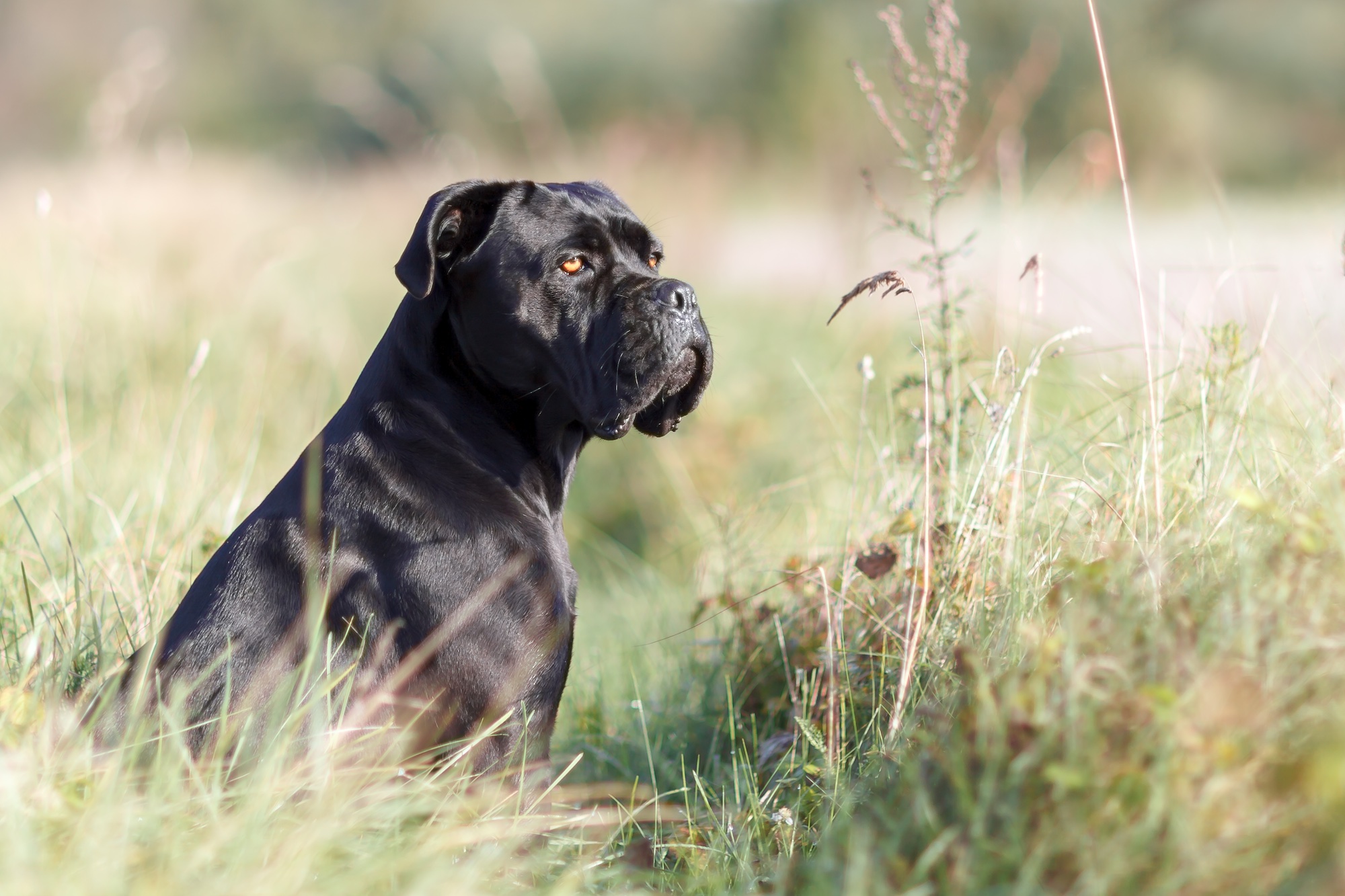Why Cane Corsos Make Great Therapy Dogs: A Complex Exploration
Introduction
Canine therapy has become increasingly prevalent in various therapeutic settings, with diverse breeds gaining recognition for their calming and comforting effects. Among them, the Cane Corso has emerged as a promising breed for therapy work. However, the complexities inherent in their temperament, training, and socialization raise important questions about their suitability for such a sensitive role. This essay critically examines the complexities of why Cane Corsos can make great therapy dogs, analyzing different perspectives, engaging with scholarly research, and reflecting on the broader implications of these findings.
Historical Origins and Temperament
The Cane Corso, an ancient Italian breed descended from Roman war dogs, possesses a distinct historical temperament. Their strong protective instincts, unwavering loyalty, and calm demeanor have made them invaluable companions for centuries. However, these same traits can present challenges in therapy settings, as overly protective or aggressive behaviors must be carefully managed (American Kennel Club, 2020).
Training and Socialization Requirements
Effective therapy dogs require rigorous training and extensive socialization. Cane Corsos, with their powerful physique and assertive nature, demand firm and consistent training from experienced handlers. They need to be trained in basic obedience commands, impulse control, and appropriate social interactions (Anderson, 2018). Early socialization with people, animals, and various environments is crucial to ensure their comfort and ability to remain calm in different therapeutic situations.
Suitability for Specific Therapeutic Environments
While Cane Corsos can be excellent therapy dogs in certain settings, their suitability is contingent on the specific environment and target population. For example, their large size and potentially intimidating appearance may not be well-suited for working with children or adults who are afraid of dogs. However, in settings where a strong and protective presence is desired, such as crisis intervention or trauma therapy, a well-trained Cane Corso can provide invaluable emotional support (Hart, 2020).
The Importance of Responsible Breeding
Responsible breeding practices play a pivotal role in shaping the temperament and suitability of Cane Corsos for therapy work. Breeders should prioritize breeding dogs with calm and stable temperaments, ensuring that they have undergone health screenings and genetic testing to minimize the risk of hereditary health issues (American Kennel Club, 2020). By adhering to ethical breeding standards, responsible breeders contribute to the welfare of Cane Corsos and their potential for therapeutic interventions.
Ethical Considerations
The use of Cane Corsos in therapy raises important ethical considerations regarding animal welfare. Therapy dogs may be exposed to challenging and potentially traumatic situations, and it is crucial to prioritize their well-being. Proper training, regular breaks, and monitoring for stress signs are essential to ensure that Cane Corsos are not subjected to excessive or inappropriate workloads (Herron, 2021).
Conclusion
The complexities of why Cane Corsos can make great therapy dogs stem from their unique historical temperament, demanding training and socialization requirements, varying suitability for specific therapeutic environments, the importance of responsible breeding, and ethical considerations regarding animal welfare. While their strong protective instincts and calm demeanor can be highly beneficial in certain settings, it is imperative to carefully assess the individual temperament, training, and socialization of each Cane Corso before deploying them in therapy work. By embracing a balanced and thoughtful approach that prioritizes the well-being of both the dog and the individuals they serve, we can harness the therapeutic potential of Cane Corsos while mitigating potential risks.
Why Cavalier King Charles Spaniels Are Great For Older Adults
How German Shorthaired Pointers Can Be The Best Exercise Partners
The Best Training Techniques For French Bulldogs

/cane-corso-dog-outdoors-980074896-d9f6c4e24c8c46b4b5835af8a64a28dd.jpg)

